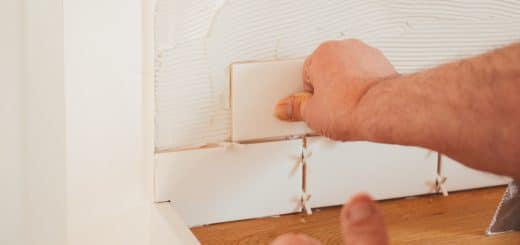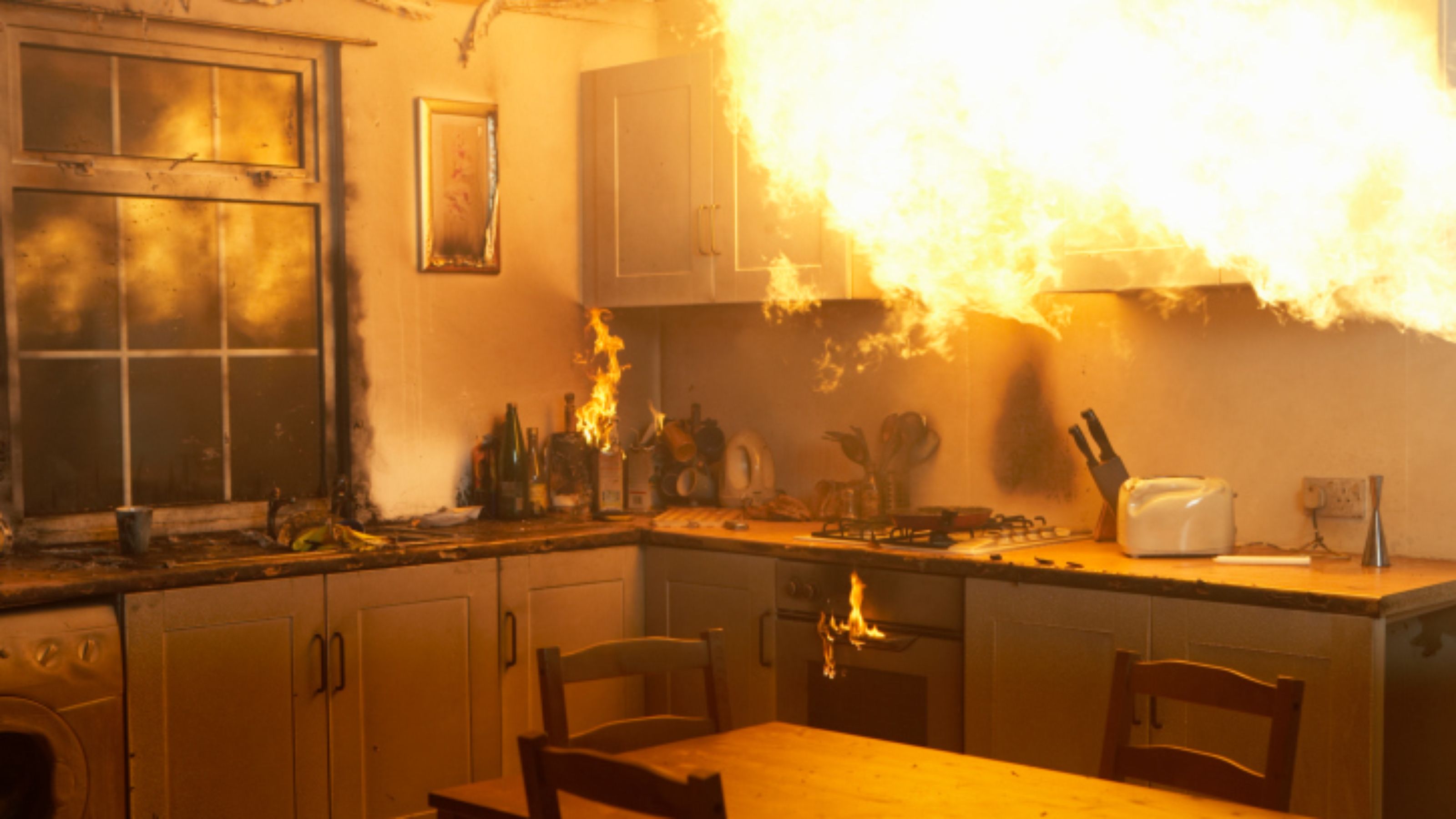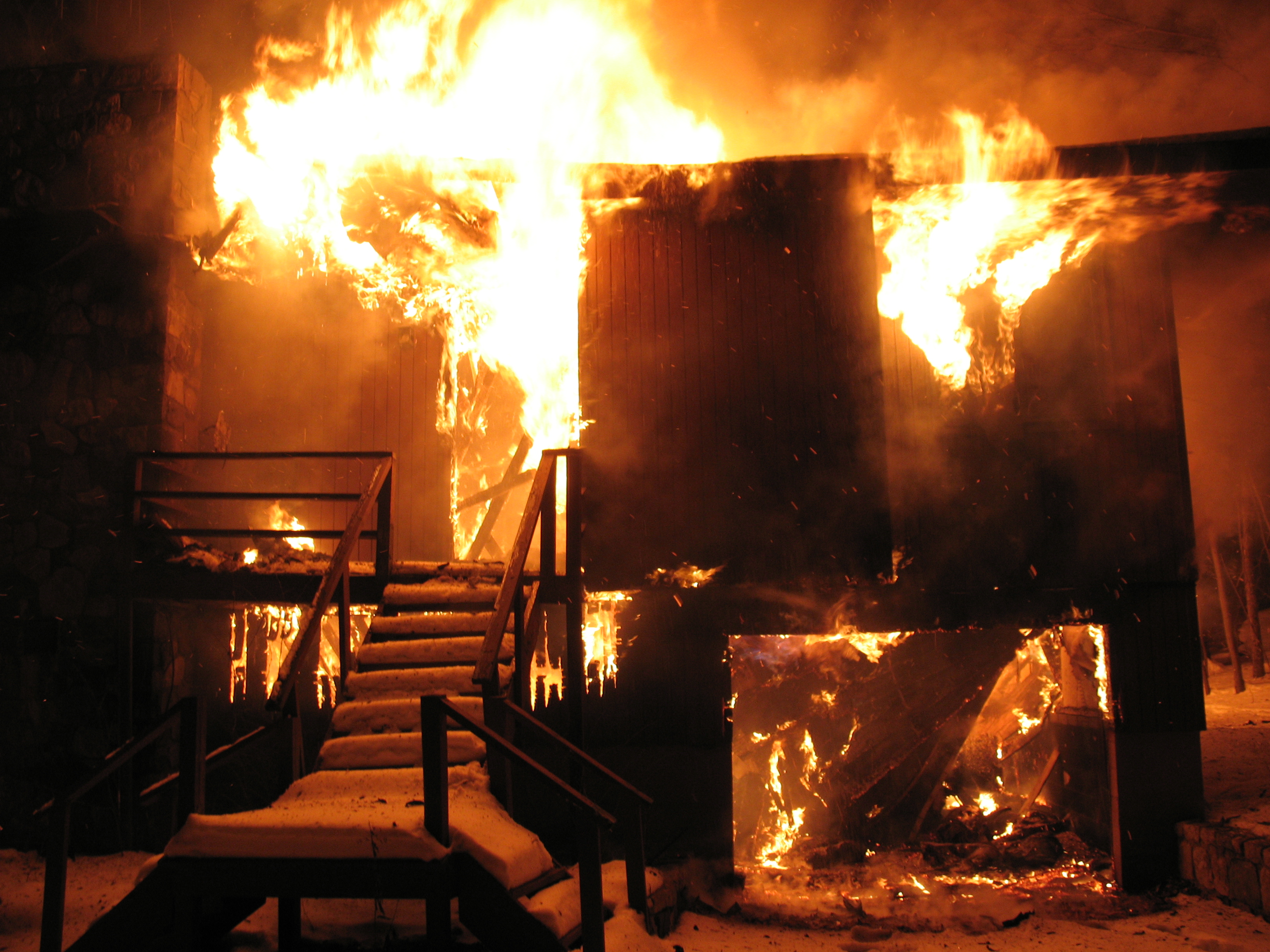Annual Roof Cleaning Rituals for a Longer Roof Life
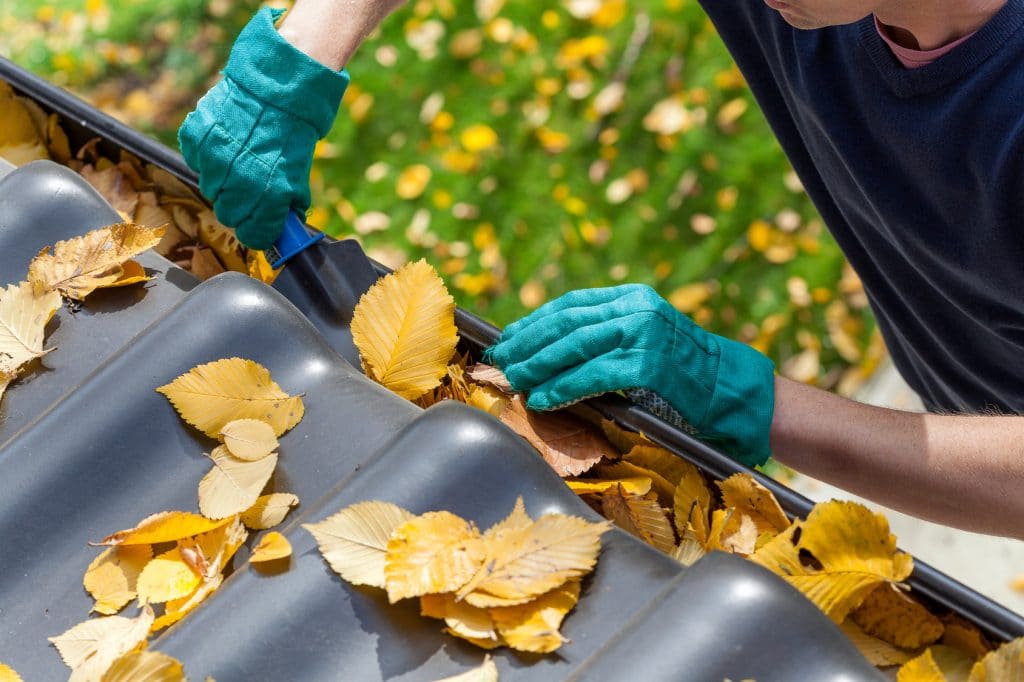
Preventing any damage to your roof area is better than replacing the entire thing. It drains a lot of funds to gut everything from scratch. That’s why it’s necessary always to consider setting a plan to maintain your roof yearly. Not only will it detect problems that might pose future issues, but it will also extend your roof’s lifespan.
Roof inspections regularly extend the life of the roof and save repairRepair is the act of fixing or restoring damaged property, m... More expenses. Just a note, ensure to conduct your roofing activities through roof hatches for an efficient and safe inspectionInspection is the careful examination and assessment of a pr... More and maintenanceMaintenance is the routine care, inspection, and repair of a... More. It is advisable to do such activities twice a year. Not only will this help you determine what needs fixing, but it can also help you avoid damage by detecting flaws ahead of time.
That is just one of the many cleaning rituals you need to prolong your roof’s lifespan. Here are some more to note:
Clean Downspouts and Gutters
The efficient redirection of water from your roof is dependent on the gutters and downspouts on your property. Moisture might ascend and pour back into the top if materials clogged it with debris. It can ultimately leadLead is a heavy metal that can be toxic to humans, especiall... More to roof flaws that will need immediate repairRepair is the act of fixing or restoring damaged property, m... More. Gutter cleaning must happen twice a year, according to experts. Spring and fall are the best seasons.
If trees surround your building, inspect your gutters as often as four times per year to keep an eye on any material buildup. Give particular attention to any loose parts on your roof when cleaning this area. Because of the misalignment, if your gutters are open, they may not correctly channel water. These issues are addressable as part of your annual roof maintenance.
Trim Overhanging Branches
A minor tree-trimming goes a long way toward preventing leaves and moss off your roof and keeping it safe from harm. Abrasion from branches and leaves touching your roofing can cause it to deteriorate over time, especially in heavy winds. Squirrels and other rodents can quickly get access to your roof through dangling tree parts and gnaw on your roofing and siding.
To keep these pests at bay, keep branches at least 10 feet away from your roof. If that isn’t practicable, wrap a sheet metal bank around the tree trunk to keep them from climbing it. Pruning branches that dangle over the roof, on the other hand, is a job best left to the pros; otherwise, you risk causing more damage than you avoid.
Remove Leaves
A simple peaked roof with modest planting will probably keep itself clear of leaves. If the area is more intricate or tall trees nearby, leaves will most likely accumulate in roof valleys or near chimneys. If you don’t get rid of them, they’ll trap moisture and decay over time, enabling water to build up in your roof — or, worse, providing breeding soil for weeds to thrive.
Eliminate Moss
Throughout the year, algae and debris will accumulate on your roof. While this won’t produce significant damage, algae can cause material decay over time. There are two approaches to this:
1.) Cleanse with a biodegradable alternative or a 50:50 water and bleach mixture. To inhibit additional development, add copper or zinc strips to the roof peak.
2.) Staining is prevalent in humid areas of the US, such as Florida, so don’t be frightened. Before cleaning, take notice of any spots that are bent or wet. These are subjects that need further considerations.
Note: Pay close attention to the warranty on your roof. There may be requirements for how often you must clean your roof to maintain your guarantee.
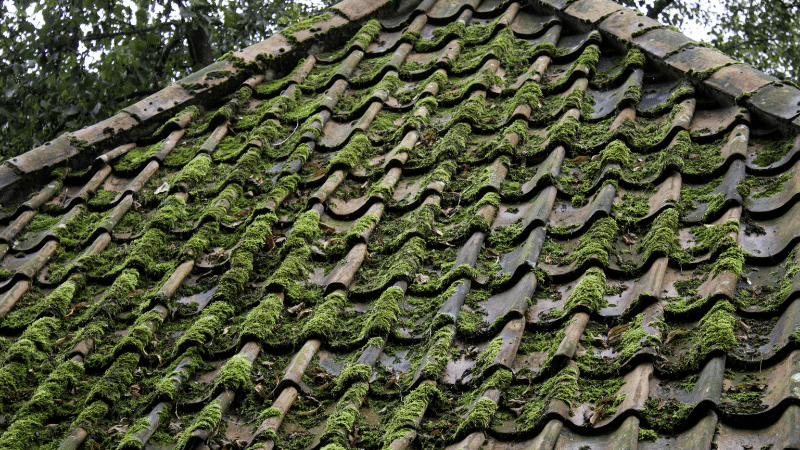
Consider installing zinc strips to prevent moss from returning once the roof is clean and the moss removed. A contractor will put strips towards the top of the roof for roughly $300. The discharge from the strips prevents moss from growing when it rains. As long as you don’t reside near a body of water where the runoffRunoff is water from rain or other sources that flows over s... More could affect aquatic life, it’s more effective and environmentally friendly than spraying the entire roof with pesticide.
Seal Areas That Pose Risks
If walls, vents, and protrusions are not correctly shut, water can leak through, causing water damage and structural vulnerabilities in the roof. Once every two to three years, have these places sealed to help avoid complications. Early detection of these issues can save you the time and money of addressing a leaky roof and water damage later.
Prevent Ice Dams
If your roof is prone to ice formation, removing part or all of the snow between storms may help prevent leaks into your building. If you try to pry ice that already formed, you risk damaging it. Dislodge debris within three or four feet of the gutters with a roof rake. If at all possible, use a telescopic pole and work from the ground.
If you must use a ladder, work at an angle to avoid being pushed over by falling snow. Ice dams are significantly increased by insufficient insulationInsulation is a material used in buildings to reduce the tra... More and air leaks into your attic, so address those issues as well after the storms pass.
FAQs
These are some frequently asked questions you might ask:
When Do You Need to Clean Your Roof?
To determine whether your roof needs care, you should visually inspect it regularly. If you detect moss, leaves, algae, branches, or other debris growing on your property, you should engage a contractor to clean it thoroughly.
What is the Best Time for Roof Cleaning?
Summer is the best time to clean and maintain your roof, according to professionals. It guarantees that your roof receives enough sunlight, keeping its surface area dry and safe to walk over. Because stepping on the surface area is quite dangerous, having a dry surface reduces the risk of tripping and injury.
How Long Will It Take Clean?
Roof cleaning is likely to take some time. It is a task that can take several days to complete with favorable results. It entails a slow removal of the impurities and power washing to clean the grime.
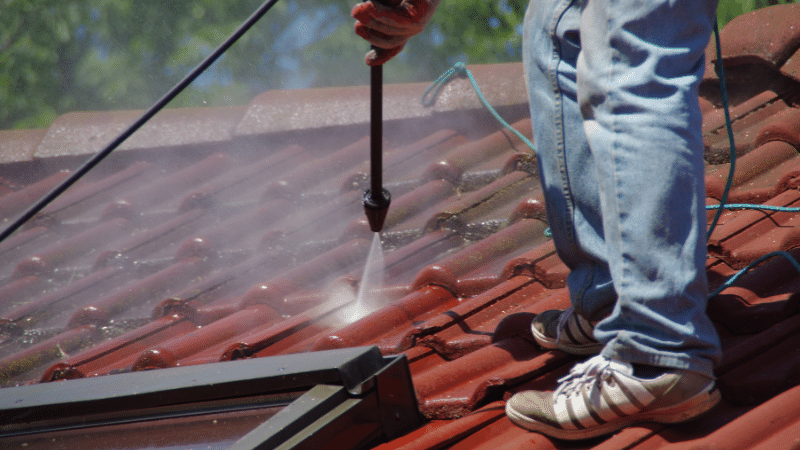
How Often Should You Have Your Roof Cleaned?
You can determine the regularity of roof cleaning by several elements that influence the condition of your roof. It is a requirement to do so once a year. A newly erected roof, on the other hand, will require less maintenanceMaintenance is the routine care, inspection, and repair of a... More, possibly per two years.
Conclusion
Maintaining a clean roof can prolong the life of your roof by preventing degradation, which can leadLead is a heavy metal that can be toxic to humans, especiall... More to expensive repairs or possibly significant renovations. Hiring a certified professional specializing in roof cleaning and maintenanceMaintenance is the routine care, inspection, and repair of a... More is the safest and best way to maintain your roof.










